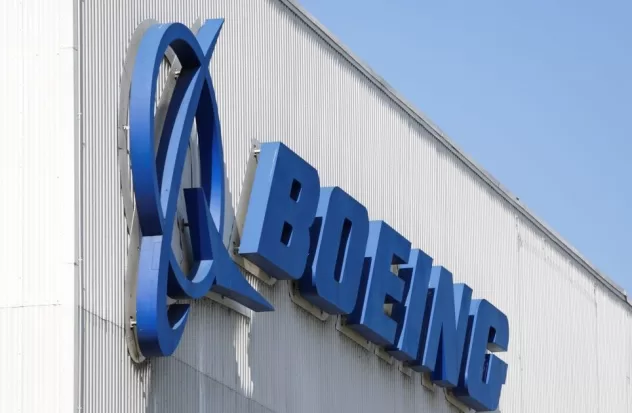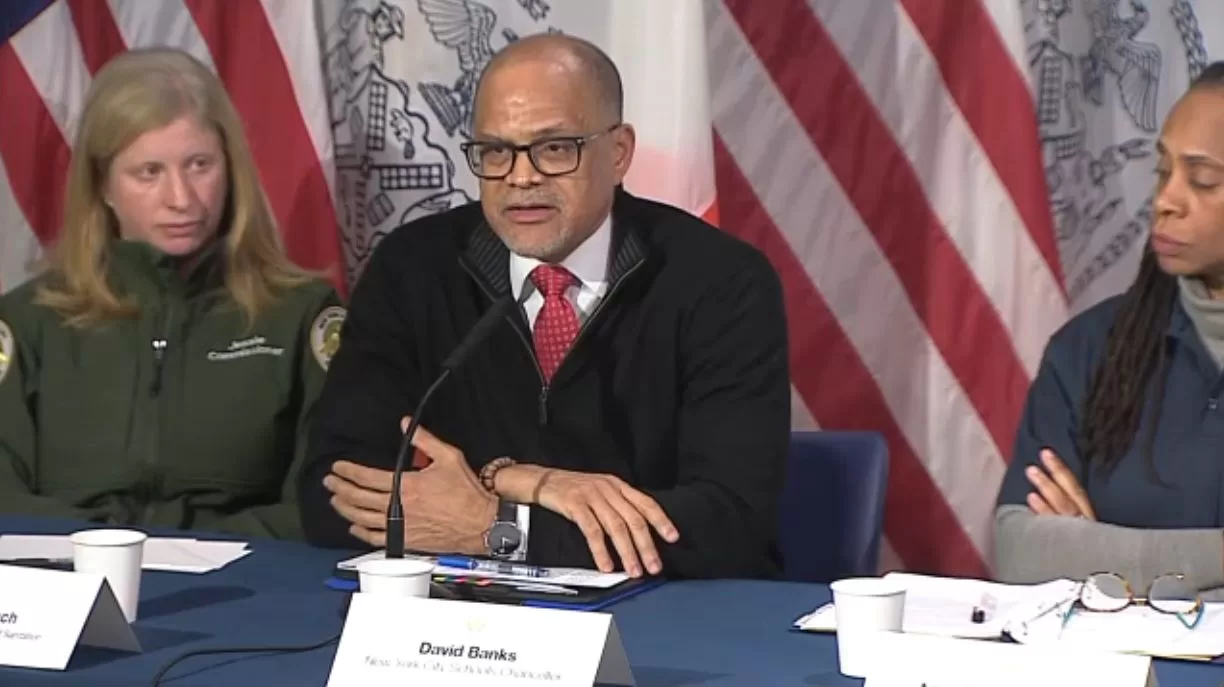Manufacturers Boeing and Airbus accumulated multimillion-dollar orders this week at the Singapore air show, but could face serious problems in meeting delivery deadlines due to difficulties in supply chains and labor, analysts warn.
The two manufacturers already have delays due to lack of parts and labor.
From engines to seat belts to cables and screws, the manufacture of an aircraft depends on millions of parts from thousands of suppliers around the world, which means that any disruption in the supply chain has an effect. multiplier.
Among the main contracts announced at Asia’s largest air show, which closes this Sunday, is an order for 45 Boeing 787 Dreamliners by Thai Airways, with a market value of more than $13 billion. Royal Brunei Airlines also ordered four aircraft of this model.
The European consortium Airbus in turn signed an agreement in principle with the Vietnamese airline Vietjet Air that includes 20 large-capacity A330-900 aircraft, with first deliveries scheduled for 2026.
But compliance with the contracts on the initially stipulated date appears to be complicated.
Sector specialist Shukor Yusof recalls that Boeing and Airbus have already warned that some of their most coveted models will not be available before 2030.
“It will be difficult to deliver new orders, due to persistent shortages of labor and raw materials, logistical problems and the cost of energy,” explains Shukor, founder of consulting firm Endau Analytics.
“It will be very difficult to increase production. We are not talking about cell phones,” he points out.
“A bottleneck”
For airlines, delays in deliveries imply a lower supply of seats and the need to operate older planes that consume more fuel, which can weigh on their profits, this analyst estimates.
The sector has been experiencing problems since the pandemic, which generated movement restrictions and border closures, and by extension a disruption in the deliveries of raw materials.
Additionally, the war in Ukraine, which began with the Russian invasion two years ago, caused an increase in energy prices, thus promoting inflation that was felt in goods and services.
With the end of the pandemic, air traffic has recovered, and manufacturers, airlines, airports and suppliers are trying to keep up.
The tension between, on the one hand, the problems inherited from the pandemic and the war in Ukraine and, on the other, renewed demand, means that the supply chain “has become a bottleneck,” summarizes Brendan Sobie, an analyst at the consulting firm Sobie Aviation. .
As an illustration, Boeing needs around 2.3 million parts to manufacture each 787 Dreamliner. The American group manufactures some of them, but the rest come from suppliers around the world.
“Capacity deficit”
Willie Walsh, director general of IATA, the international air transport association, said at a seminar before the Singapore show that supply chain problems could “last for several years.”
Added to this is an equally problematic lack of labor.
Boeing estimated last year that the sector would need 649,000 pilots, 690,000 maintenance technicians and 938,000 crew members over the next twenty years.
Shukor points out that some airlines that laid off pilots due to illegal mandatory vaccination orders during the pandemic now find it difficult to hire, and that manufacturers cannot find enough specialized mechanics and technicians.
There are even professionals in the sector who “don’t want to return,” after seeing how sensitive this activity is to the general economic situation.
“It has never been so difficult to fly a fleet,” said Philippine airline Cebu Pacific CEO Michael Szucs.
“We have a capacity deficit, either because there are planes on the ground or because some devices are not delivered on time,” he explained.
Source: With information from AP.





